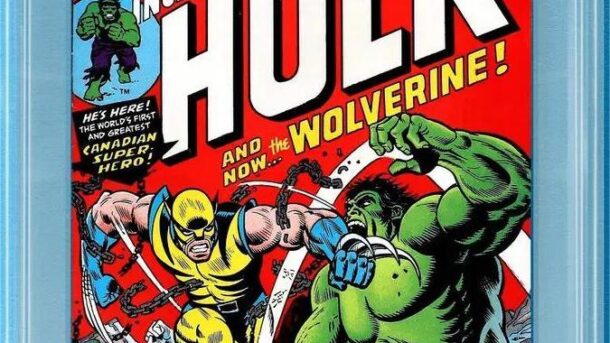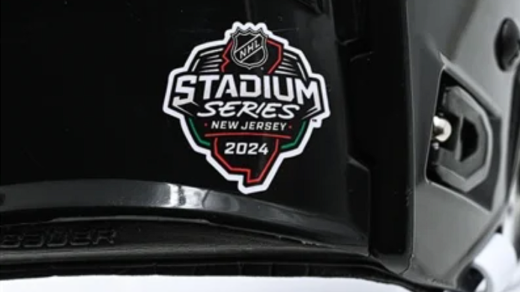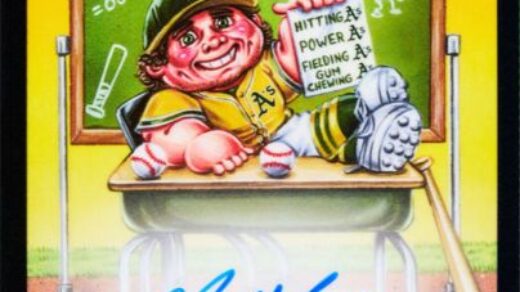In the world of collectors, patience is once again becoming the ultimate virtue, all thanks to PSA’s latest move in the comic and magazine grading arena. For those early adopters eagerly anticipating the sleek 20-day turnaround for magazine grading that PSA had promised, it seems disappointment is the order of the day. The reality has hit hard—a prolonged 75-day waiting period—and it doesn’t merely test patience but also tickles the nerves of collectors hoping for a swift cycle of investment and return.
PSA had ginormous aspirations for their new grading service, anticipating it to run smoothly like well-oiled machinery. As an enticement to the collecting masses, they dished out attractive launch pricing: $25.99 for modern submissions from 1975 to the present, and $39.99 for those vintage treasures valued under $400. However, this price point might now come with a conversational caveat about whether the longer wait dilutes the intended value.
According to the grapevine—or rather, more formal inside sources—PSA’s hiccup isn’t out of negligence but out of unexpected bottlenecks with both tariffs and production snafus. These have gallingly delayed the arrival of their anticipated magazine slabs, which were the talk of the town. These much-hyped slabs turned into a September arrival tease, leaving collectors to sip their drinks slowly—a long wait lies ahead.
While the industry winds may have changed, PSA stays ahead with a quirky twist—a pressing service; modern submissions come with an extra charge of $11.99, and those in love with vintage, $29.99. However, this comes with a rule worthy of a laugh or a frown: once you opt for pressing, your whole order gets pressed. No mix and match—a commitment that seems as firm as a rubik’s cube unshuffled.
Now, as the limelight on PSA’s delayed services dims, it’s the label design that stands glaring like a beacon begging for innovation. Even under this new grading venture, PSA aficionados cannot help but turn a critical eye to their product. Imagine a slab bereft of the flair and charm that is oh-so-possible—especially compared to CGC. CGC has not only set meticulous standards but also added a sprinkle of magic dust with allowable character artwork directly on the label. This turns every slab from CGC into a mini masterpiece on the shelf, doubling the happiness of submission return day.
If collecting is partly about the bragging rights and the visual charm those slabs offer, CGC has unequivocally shattered the ceiling with their offerings. PSA’s slabs, conversely, feel like the curtain needs a lift. Their designs, whether for the avid comic collector or the dedicated Pokémon card aficionado, remain starkly generic—so much so that they harken memories of a bygone era rather than heralding a futuristic splash. In short, they look just like they did in Grandma’s attic.
For enthusiasts whose collecting adrenaline is as much about the visual display as the graded score, PSA seems to trail like a bored sidekick, while CGC strides ahead like the assured protagonist. Unapologetically, CGC’s turnaround options coupled with stunning presentation chisel their name into modern collector lore. If PSA wishes to break through this tale as a hero, perhaps a radical redesign of those outdated labels is more important than the 75 days on the clock. For now, the biggest highlight in their slabs remains the waiting game.




